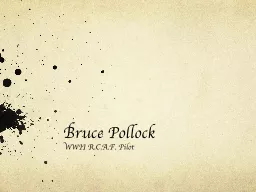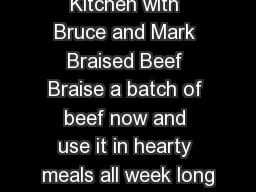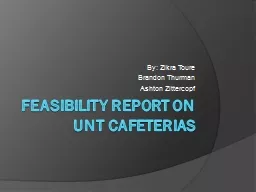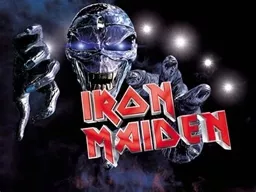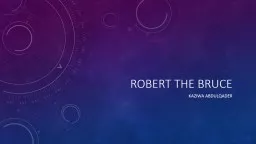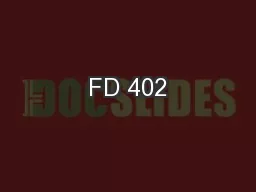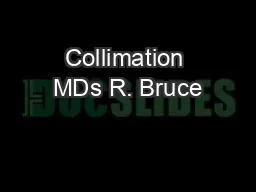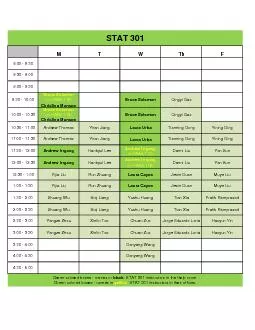PPT-Bruce Pollock
Author : luanne-stotts | Published Date : 2017-12-14
WWII RCAF Pilot Personal Information Name Bruce Leroy Parkinson Pollock Born July 9 th 1912 Place of Birth Thamesville Ontario Citizenship Canadian Relationship
Presentation Embed Code
Download Presentation
Download Presentation The PPT/PDF document "Bruce Pollock" is the property of its rightful owner. Permission is granted to download and print the materials on this website for personal, non-commercial use only, and to display it on your personal computer provided you do not modify the materials and that you retain all copyright notices contained in the materials. By downloading content from our website, you accept the terms of this agreement.
Bruce Pollock: Transcript
Download Rules Of Document
"Bruce Pollock"The content belongs to its owner. You may download and print it for personal use, without modification, and keep all copyright notices. By downloading, you agree to these terms.
Related Documents

